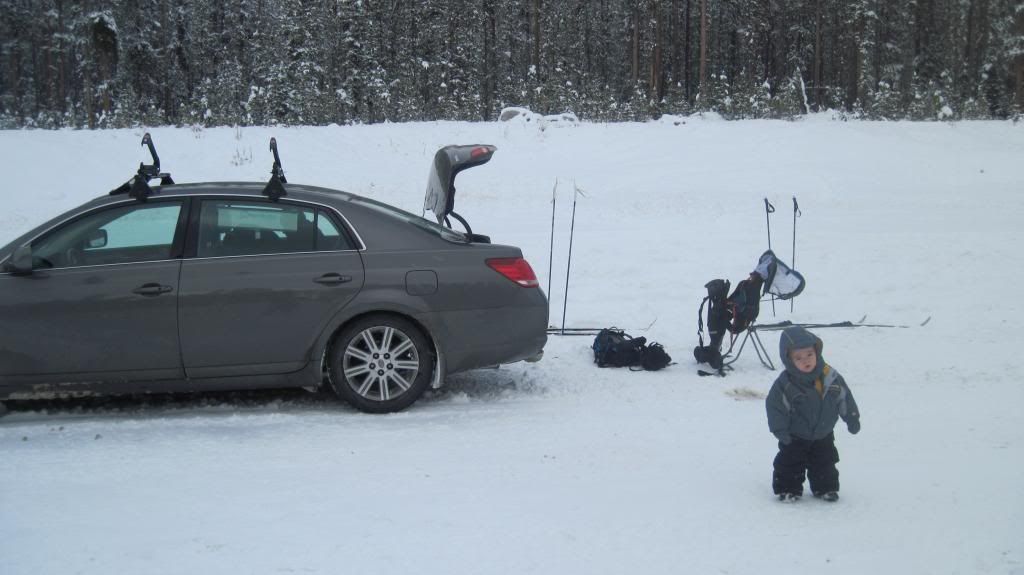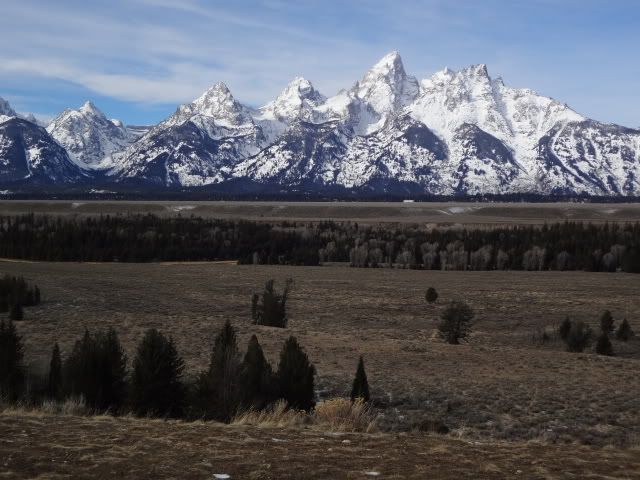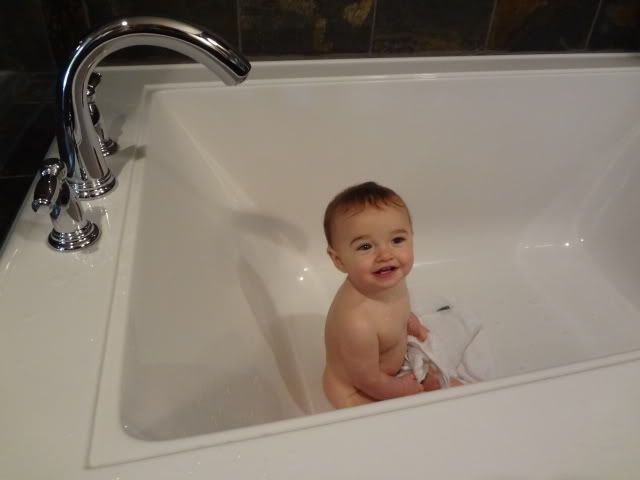The Great Falls

As Lewis and Clark made their way up the Missouri they met Indians who told them of a "great falls". When they finally found the falls they were happy -- it meant they'd followed the correct river. But the explorers had expected one waterfall, not a half-dozen falls spread over a dozen miles. The portage took nearly a month.
Lewis, in his journal, called the Great Falls of the Missouri one of the grandest sights he had witnessed. His description and a few early sketches are all that remains. About a century ago the falls were buried behind a reservoir. Today, the reservoirs power the city of Great Falls. You can see a portion of what remains of the falls, but the overlook is only open three months of the year and the rest of the time sits behind tall fences.
A lot has been done to correct the abuses of this planet, but a lot remains. The dams on the Missouri are a reminder that too often people will do wrong by the landscape.
Buffalo Jump

Logging Creek

We fell asleep at about 10 pm only to wake before 1 am to howling winds and rain. The wind overhead sounded like a freight train, and we could hear trunks snapping. What if a tree crashes on our tent? What if the road is blocked by fallen trees? What if the rain washes the road out, or turns it to deep mud? What if the rain changes to snow and we're stuck in here, 20 miles from the nearest pavement?

By dawn the winds are calm, the rain has stopped, and the ground is dry. It's a safe morning, albeit a chilly one.
Tower Rock
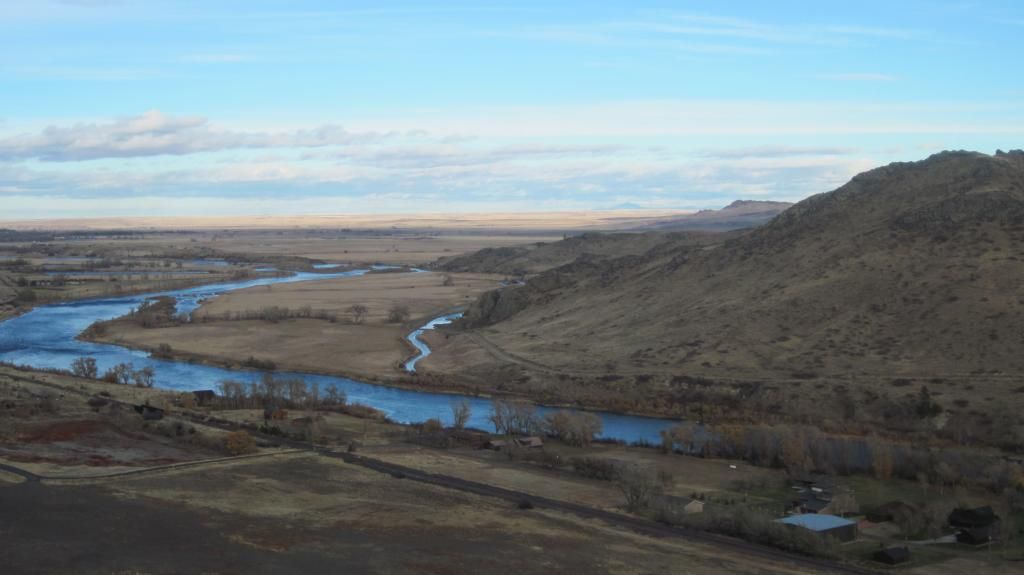
The explorers climbed Tower Rock to look back at the plains and forward to the mountains. Indians told them the buffalo could not be found in the mountains. The Missouri flows by below. Again, the Indians were right -- sort of. At this point, the party was headed south and would eventually turn west, then north, before arriving at Travelers Rest -- a journal of several more weeks. A shortcut, however, could have put them at Travelers Rest in just a few days.
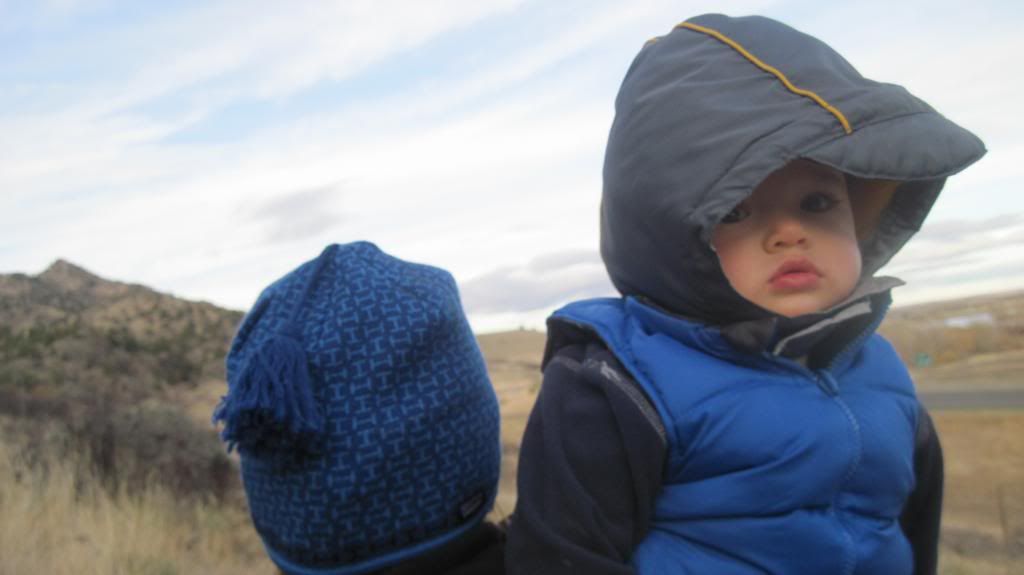
Tools of the Adventure
In New Zealand, outfitting our bikes, we bought a pair of locally made panniers called Tools of the Adventure. I always liked that name. A lot of marketing suggests the adventure is the product, but actually the product just facilitates it. Skis are like that. I'm constantly amazed at how these simple, relatively cheap things can so easily take you to so many places. Last week I spent $60 on a set of cross-country skis -- including poles, bindings, and never-worn boots. More adventure.
